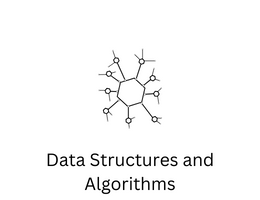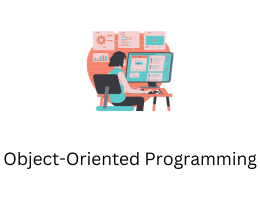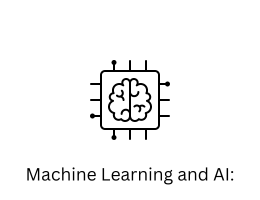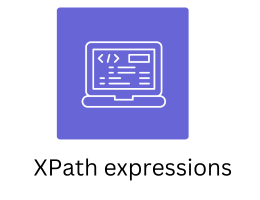
Choosing the Right Programming Language: A Guide to Understanding the Pros and Cons of Popular Options
- By admin --
- Saturday, 18 Mar, 2023
Programming languages are sets of instructions that are used to create software, applications, and websites. There are several different programming languages, each with their own features, advantages, and disadvantages.
-
C: C is a high-level programming language that is used for developing system software, embedded systems, and operating systems. It is a compiled language and is known for its high performance and efficiency. Advantages of C include its fast execution speed, flexibility, and portability. Disadvantages include its steep learning curve, lack of memory management, and potential for errors due to its low-level access.
-
Java: Java is an object-oriented programming language that is used for developing web applications, mobile applications, and software. It is platform-independent and can run on any operating system with a Java Virtual Machine (JVM). Advantages of Java include its ease of use, robustness, security, and portability. Disadvantages include its slower execution speed compared to other languages, and its memory management can lead to performance issues if not properly managed.
-
Python: Python is a high-level programming language that is used for developing web applications, artificial intelligence, and data analysis. It has a simple syntax and is known for its readability and ease of use. Advantages of Python include its versatility, rapid prototyping, and extensive library support. Disadvantages include its slower execution speed compared to other languages and its lack of strong typing can lead to potential bugs.
-
[removed] JavaScript is a high-level programming language that is used for developing web applications, interactive user interfaces, and web-based games. It is primarily used for client-side scripting on web pages, but can also be used on the server-side. Advantages of JavaScript include its speed, simplicity, and wide usage on the web. Disadvantages include its asynchronous nature, which can lead to difficult debugging and potential security vulnerabilities.
-
Swift: Swift is a programming language developed by Apple for developing iOS, macOS, and watchOS applications. It is known for its speed, safety, and ease of use. Advantages of Swift include its performance, strong typing, and automatic memory management. Disadvantages include its limited usage beyond Apple platforms and its relatively new development environment may lack comprehensive library support.
In terms of types of programming languages, there are several categories including:
-
Procedural programming languages: These are languages that use a step-by-step approach to solve problems.
-
Object-oriented programming languages: These are languages that organize code into objects with attributes and behaviors.
-
Functional programming languages: These are languages that use mathematical functions to perform computations.
-
Scripting programming languages: These are languages used for scripting or automating tasks on a computer.
In summary, the choice of programming language depends on the specific needs and requirements of the project. Each language has its own set of features, advantages, and disadvantages, so it is important to carefully consider which language is best suited for a particular project.





